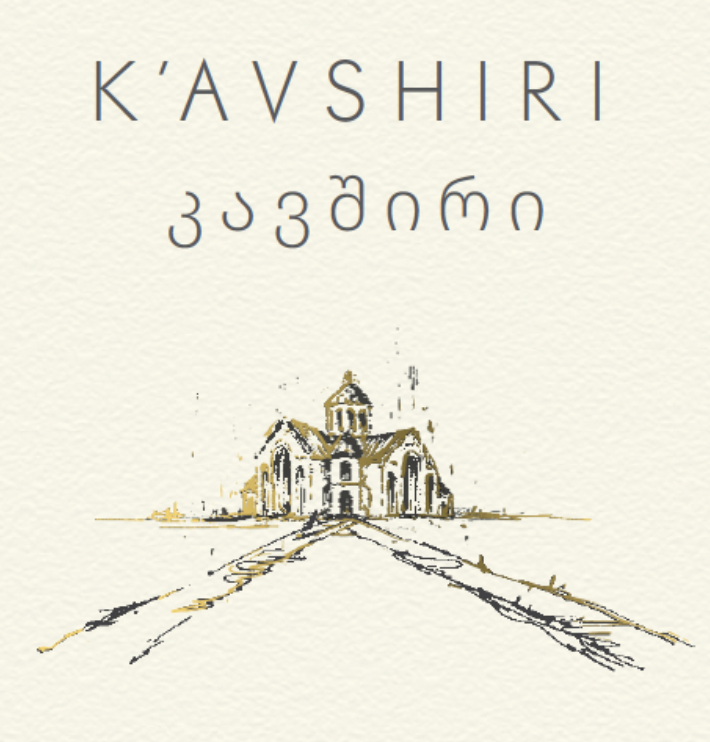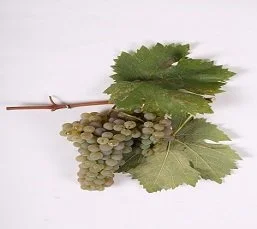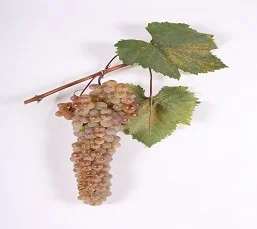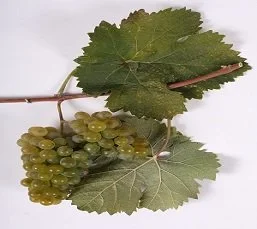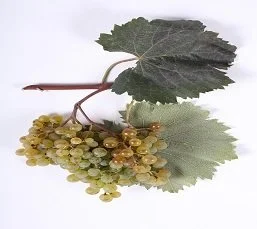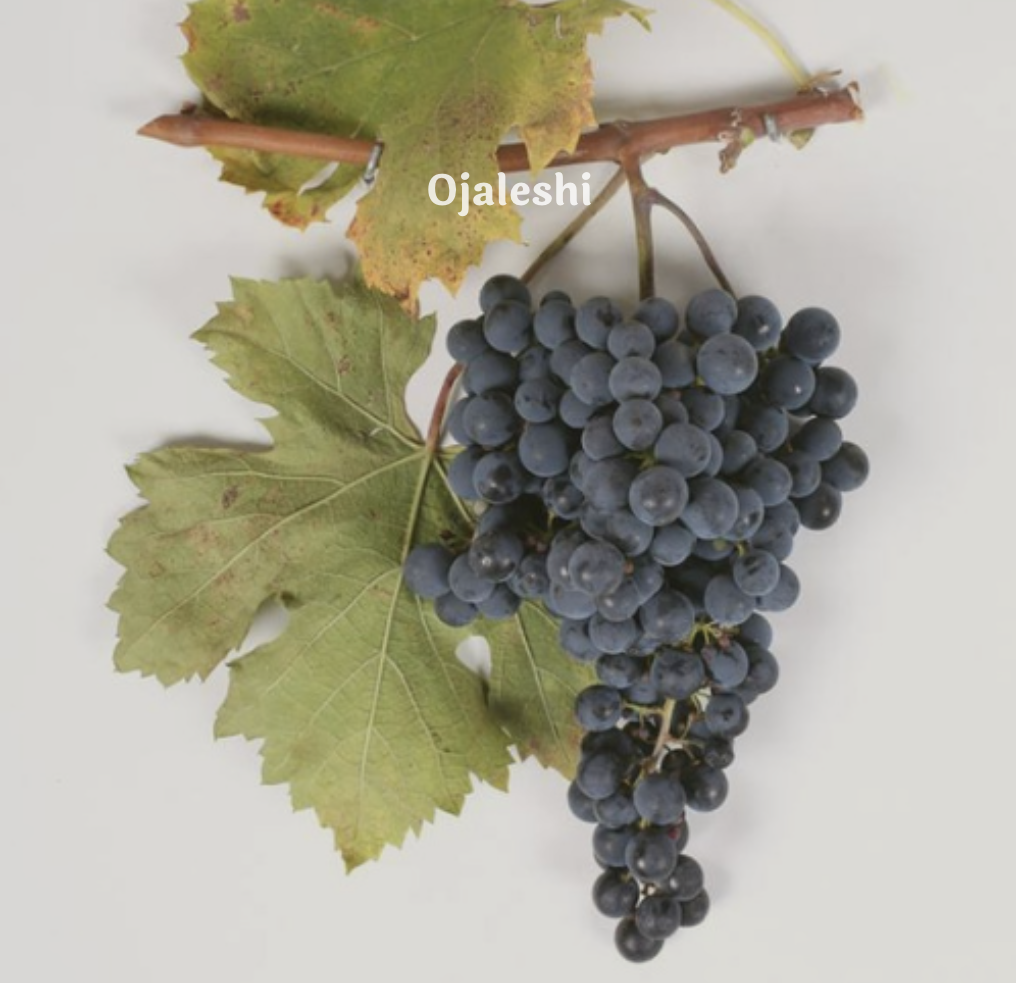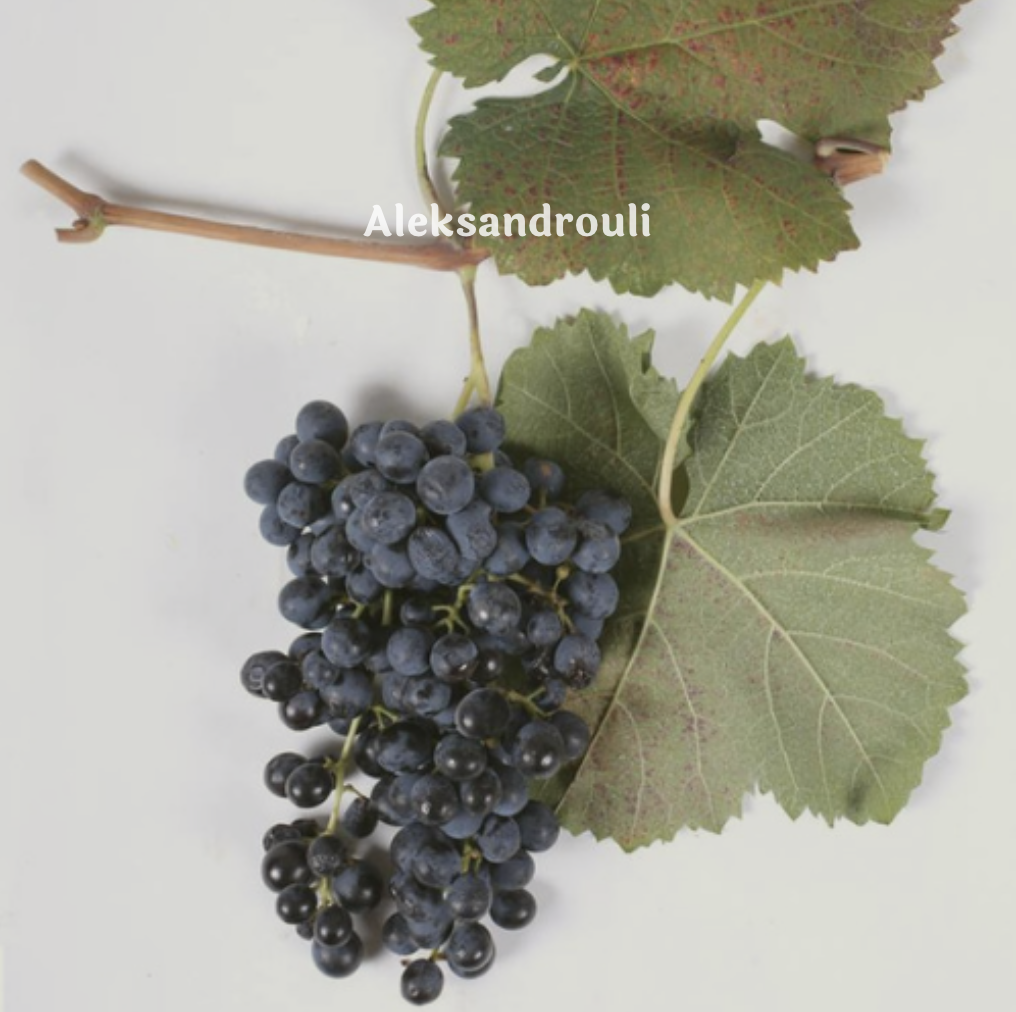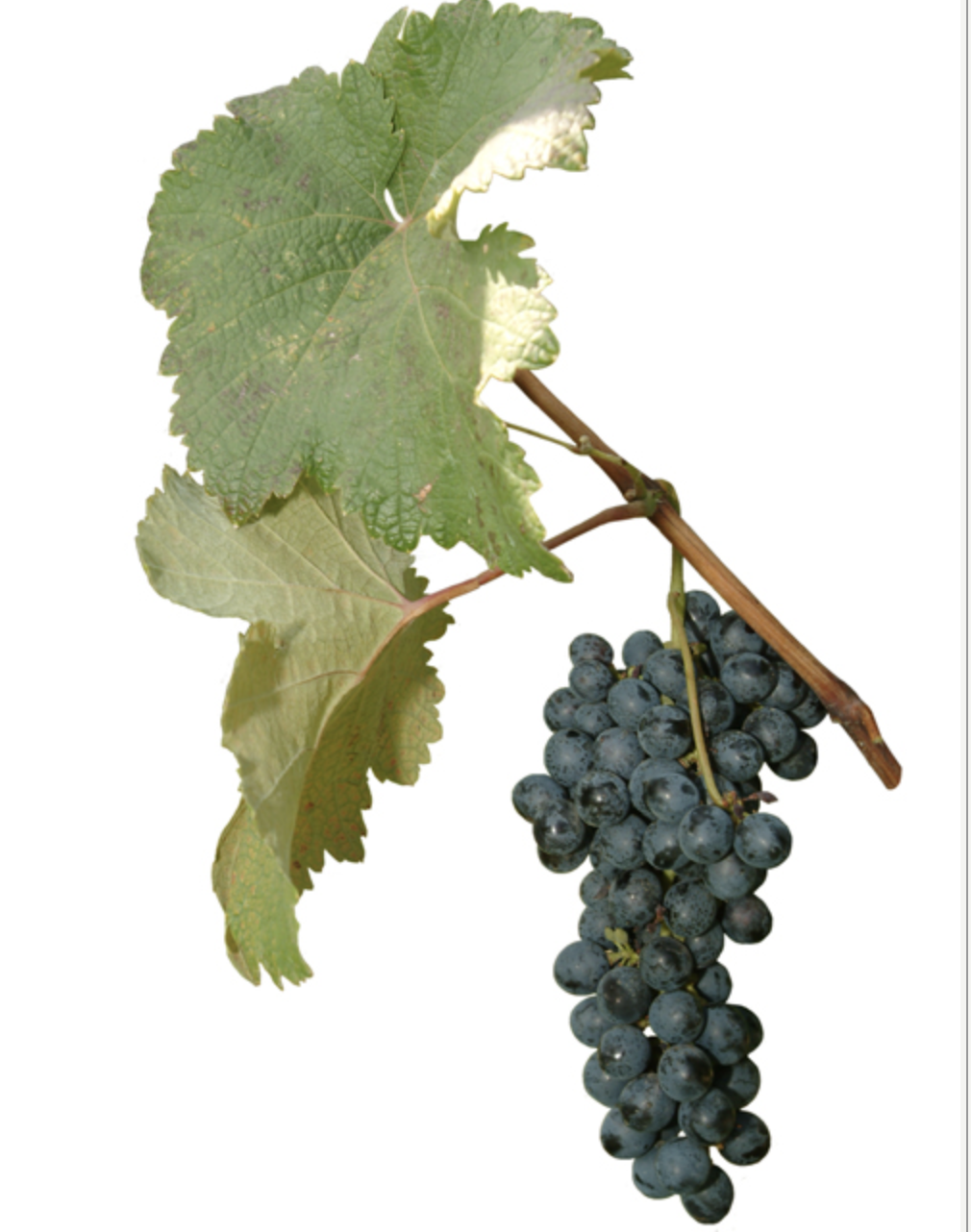The Grapes
Unlike most winemaking nations, Georgia has only tiny plantings of so-called ‘international’ grape varieties, despite the fact that Prince Alexander Chavchavadze, the soldier and poet who is celebrated as the father of the country’s modern wine industry, planted Cabernet Sauvignon, Malbec and Pinot Noir over two centuries ago.
What Georgia does have is an extraordinary range of over 500 indigenous varieties, only two of which - Saperavi and Rkatsiteli - are found elsewhere. During the Soviet era, most of these grapes were more or less abandoned by the collectivised wineries but fortunately most survived thanks to the Georgian tradition of families making wine for their own consumption. Over the last decade, there has been a huge effort by winemakers like Vladimer Kublashvili to find, identify and replant these varieties - and to learn what they can do best. Some, for example, seem to benefit more from vinification in qvevri than others.
While wanting to create an emphatically ‘Georgian’ wine , we make no apology for including a little Aligoté and Muscat in the white blend. Together, they represent roughly 4.5% in the 2022 White Assemblage, and totally justified their presence. Making the best wine we could was far more important than respecting any kind of rule that imposes regional ‘purity’. Similarly, the red 2022 and 2023 Assemblages unashamedly have a little - 5% - Merlot.
Many producers in countries with interesting autochthonous varieties nowadays have a similar view, but prefer to not to mention their use of small amounts of ‘international’ varieties - burying them in the15% of legally permitted ‘other grapes’ . We preferred to be open about precisely what goes into K’AVSHIRI.
K’AVSHIRI White
Kisi
A relatively ‘young’ variety for Georgia, Kisi is only 500 years old. It is the most aromatic of the indigenous grapes with flavours of peaches, pears and blossom. Like Muscat, it’s popular for eating and as juice. Twenty years ago, it was almost extinct. It makes up under 2% of the bend, half in qvevri.
Khikhvi
No one knows the origin of this small-berried variety’s name, but it probably originated in Kakheti. Described as the ‘unsung hero’ of Georgian wine, it has notes of peach and apricot and works brilliantly in blends,. It is around 7.5% of gthe blend, of which a fifth was fermented in qvevri.
Rkatsiteli
With a name that means ‘red stem’, this ancient variety is by far Georgia’s most widely planted. It can be quite neutral if not treated with care. It makes up around a quarter of the K’AVSHIRI blend, of which roughly 10% was fermented in qvevri and around 27% in second year oak.
Tsitska
Often used for sparkling wine, this Imereti variety goes under several names in Georgia. When fully ripe, its grapes have flavours of quince and pear.
We found that around 2% was an invaluable contribution to the blend.
Krakhuna
Another ancient variety, whose name means ‘crisp’, this grape is at home in Imereti where it only produced moderate yields. The key flavours are apricot and honey and - at 25% - was a key player in the k’AVSHIRI blend, A fifth of this was fermented in qvevri.
Tsolikouri
A relatively late-ripener, this variety that is widely grown in western Georgia is traditionally associated with sweet wine. When used for white wine, it can be attractively floral, with notes of violet - which is is why it finally made up around 8% of the K’AVSHIRI blend
Mtsvane Kakhuri
With a name that means ‘green’ the citrusy Mtsvane is one of Georgia’s most important varieties. There are several different clones, and Kakhuri indicates that this one is from Kakheti in the east of the country. It represents 19% of the blend, around 13% of it was fermented in qvevri
Mtsvivane Kakhuri
Confusingly similarly named to Mtsvane Kakhuri, this is a very rare separate variety from Imereti. It has subtle peach and fennel character and represents an essential 8% of the K’AVSHIRI blend
Aligoté
The lesser-known white grape of Burgundy, the naturally acidic Aligoté is attracting more interest because of high profile examples from producers like Leroy. It was widely planted in the Soviet bloc, often for sparkling wine. The 2.5% component in this blend simply insisted in being included
While not being seen as an indigenous Georgian grape, as elsewhere, Muscat has a long history of being grown here for eating and for wine. Just 2% in the blend added a lovely fruity note. More was too much. Less: too little.
Muscat
Ojaleshi
Otskhanuri Sapere
Aladasturi
K’AVSHIRI Red
If the K’AVSHIRI white blend is a game-changer, the red goes even further, bringing together five regions; white grapes being fermented with black; the use of air-dried bunches; qvevri, stainless steel and oak; and - in the case of the 2023 assemblage - five vintages.
Saperavi
Utskhelouri
In Georgian, this grape’s name means ‘without a name’. It is at home in the hilly region of Lechkhumi in West Georgia, and is very rare, having almost disappeared in the Soviet era. Its berries can ripen quite unevenly, contributing to a fresh, floral, peppery character. In the 2023 assemblage, we used 8%.
Aleksandroulli
Merlot
With the Rkatsiteli, this variety proved to be very successful when co-fermented with Saperavi, adding texture as well as freshness and a hint of spice. It made up 2.6% of the 2023 assemblage.
Mtsvane Kakhuri
There is almost no Merlot in Georgia. Vladimer planted 5ha to see what it would do and, like the Aligoté, it fought its way into a blend. There’s just 5%, but the plummy fruit and richness of texture are part of what this wine is all about.
In France, grapes with red-juice, are called ‘teinturier’ - - ‘dyers’. That also explains the name of this, Georgia’s classic red variety. The flavours are of dark berries, plums, spice and dark chocolate. It made up 71% of the 2023 blend. 34% of it was co-fermened with white grapes.
The ‘grape of Alexander’, this is another W Georgian grape, found in Racha and Lechkhoumi. Once associated with sweet red wine, its cherryish flavour is attracting a lot of attention. We used 3% in the 2023 assemblage.
We did not expect this variety to be a star performer when it came to co-fermeting. Our mony was on the Kisi. But, in blind tastings, it proved what it can do consistently, adding elegance and richness of texture to the Saperavi. There’s less than 1% in the blend.
Rkatsiteli
A distinctive, rare, pepery-spicy variety that used to grow up trees - which is what its name means. Hard to find outside Samegrelo in West Georgia, and traditionally used for sweet red wine. We loved what 5% brought to the 2023 blend
With a name that means ‘colourful’, this ancient west Georgian variety has grapes that are very dark blue-black. A native or Racha, Lechkhumi and Imereti, it has flavours of black and red cherries.
Now making a comeback as a single variety, it added great depth to the blend.
Almost wiped out by Phylloxera and the Soviet system, this variety appears in a lot of Georgian poetry but now probably covers less than 80ha. It has thick skin and pale juice and ripens quite late. Vladimer hit on the adopting the Veneto model of hanging it out to dry - but only for a week or so. It’s only 2% of the blend, but its role is crucial.
